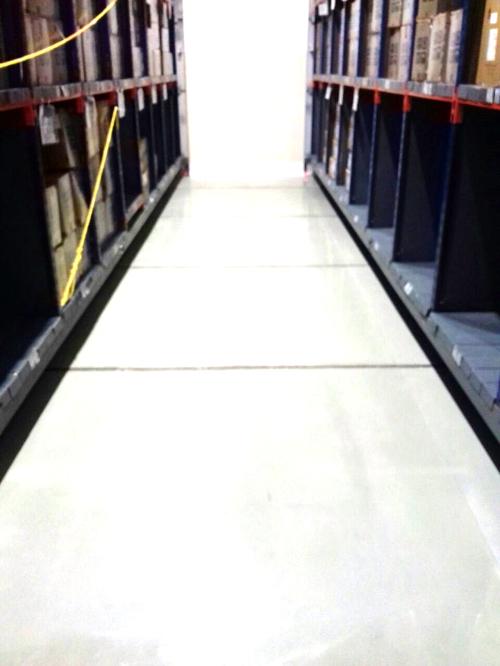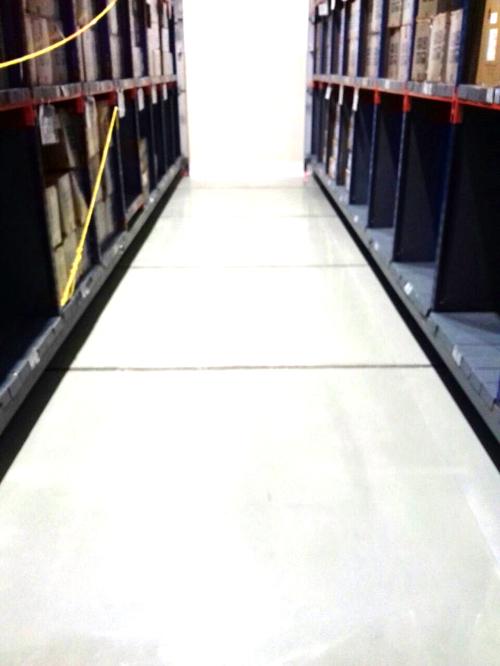The increasing customer demand for conductive floors has spurred on Indian manufacturers to seek highly innovative technologies for upgrading conventional ESD flooring systems.

Traditionally in India, static dissipative and conductive floorings are produced with the use of carbon fibres, which provide acceptable results with only higher voltages. However, for low voltages in the range of 10V–100 V, carbon fibre technology is not consistent. It does not ensure uniform conductivity and the surface resistance also changes over time to a large extent. In contrast to carbon fibres, single wall carbon nanotubes provide floors with uniform and reliable electrical conductivity even at low voltages which is more in line with the newer standards, and the surface resistance remains uniform over time even with normal wear and tear.


For epoxy self-levelling flooring, Neocrete now uses TUBALL COMP_E EPOXY 2% concentrate, which has been specially developed by OCSiAl to simplify the handling of these nanotubes. TUBALL allows manufacturers to even roller coat electrically conductive flooring for refurbishment of preexisting floorings with wide range of colors. Neocrete can now produce high-grade epoxy floorings in three bright colours – turquoise, green and grey – with electrical resistivity in the range 10 5 –10 7 Ω/sq.


Following
the successful completion of various tests, Neocrete is now starting commercial
production of epoxy self-levelling floorings for applications in solvent
storage, ammunition factories and depots, electronics manufacturing and
assembling, computer and electronics installations, clean rooms and other
static control installations.

“Noticeable improvement in the material’s properties and the new ability to produce floors in bright colours are giving Neocrete the opportunity to produce floors that fully meet their customers’ needs” – comments Ravi Mohan Dabral, Managing Director of OCSiAl Pvt. Ltd.
“The biggest advantage in using TUBALL carbon nanotubes was the ability to obtain a very narrow range of readings such as 106–107 Ω/sq. over a large area of ESD epoxy flooring, which was unattainable with our earlier technology. We can now even offer flooring with 500 micron thickness, which will be a boon for the recoating market”
adds Mr B. M. Nagarajan, founding director of Neocrete Technologies.
